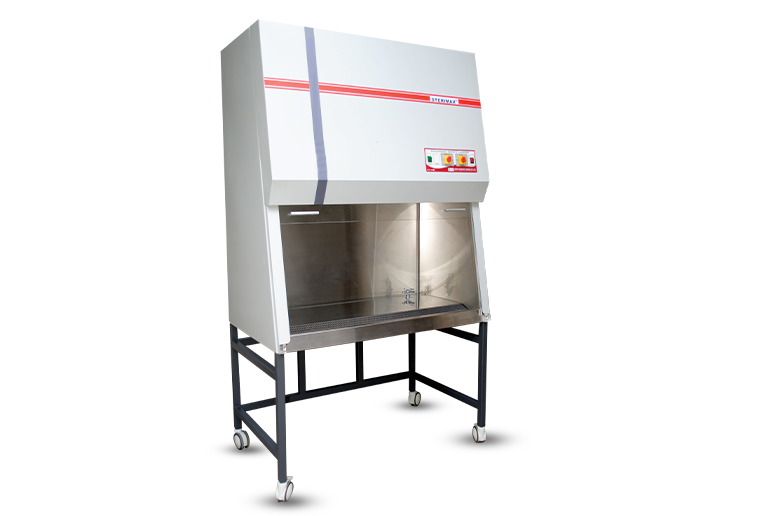Tools and Machines of the Microbio Laboratory
1/12
There's no tags or description
Looks like no tags are added yet.
Name | Mastery | Learn | Test | Matching | Spaced |
|---|
No study sessions yet.
13 Terms
Is a shallow, circular glass or plastic dish with a lid, typically used in laboratories for culturing cells, bacteria, and other microorganisms.
Petri Dish
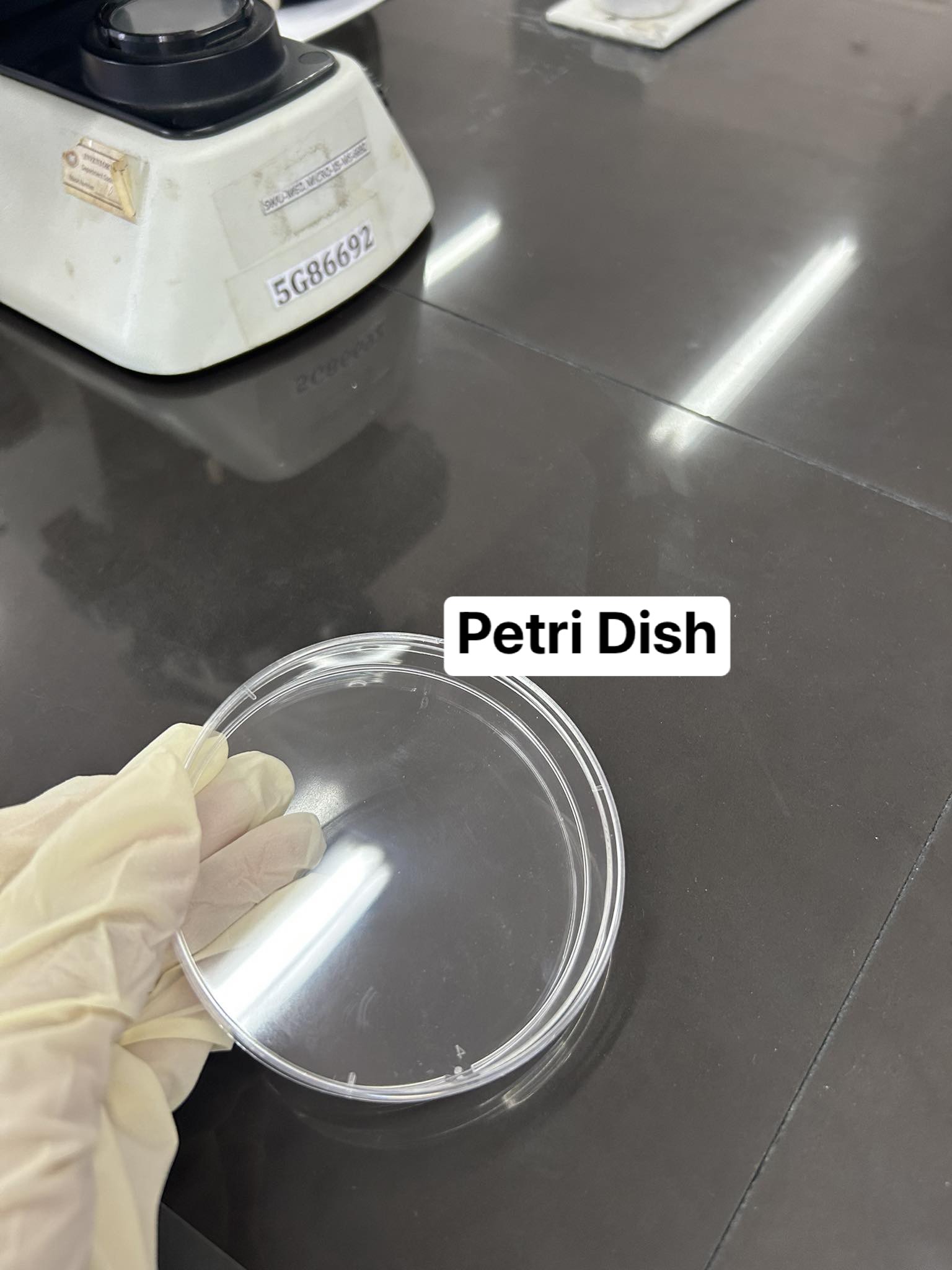
Is a cylindrical glass or plastic tube used in laboratories for holding, mixing, or heating small quantities of liquids. It is a versatile tool for various experiments and reactions in chemistry and biology.
Test Tube
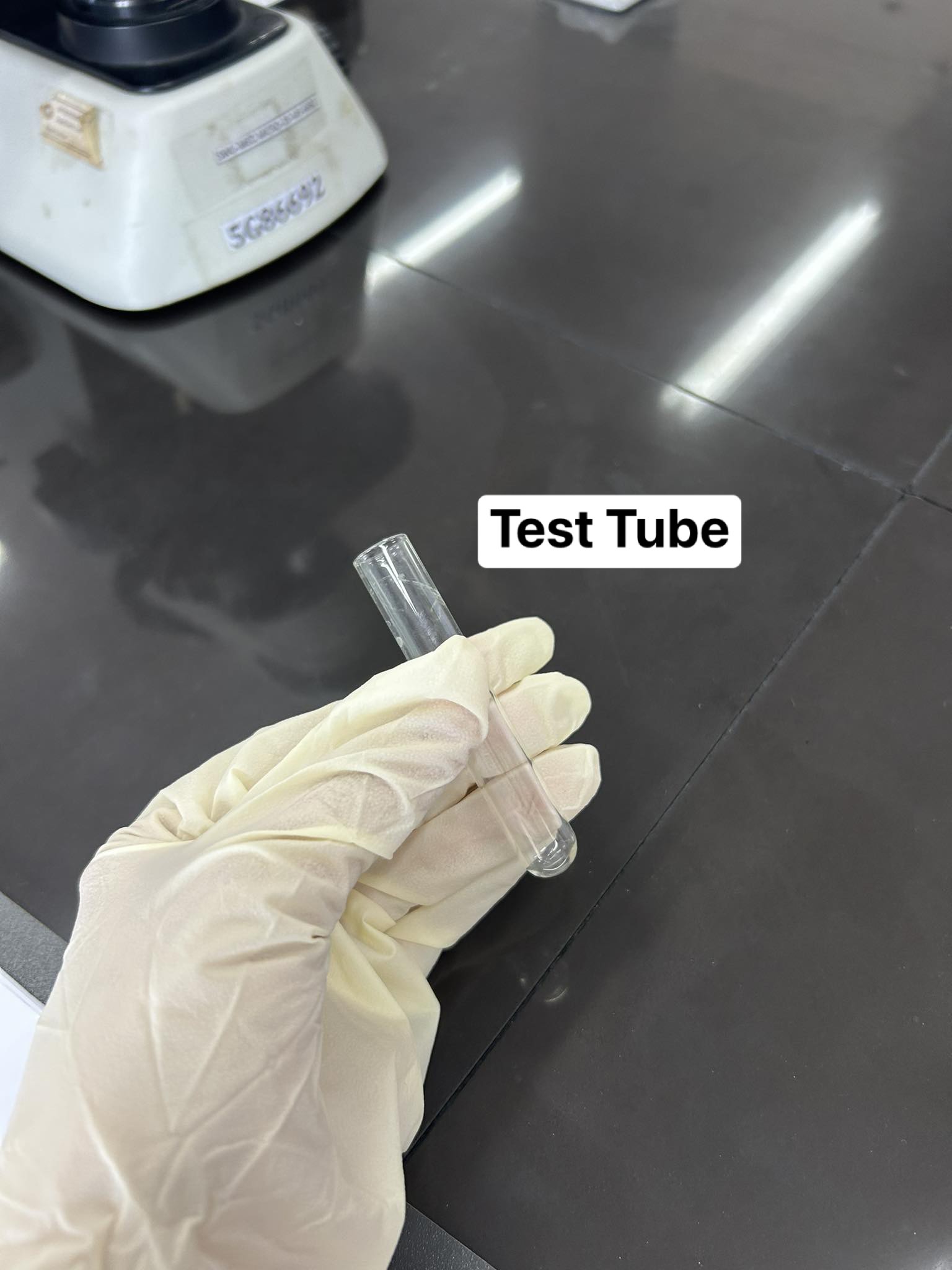
Is used to evenly distribute bacterial or fungal cultures onto the surface of agar plates. It helps ensure uniform growth and facilitates the isolation of individual colonies for further study and analysis.
Glass Spreader
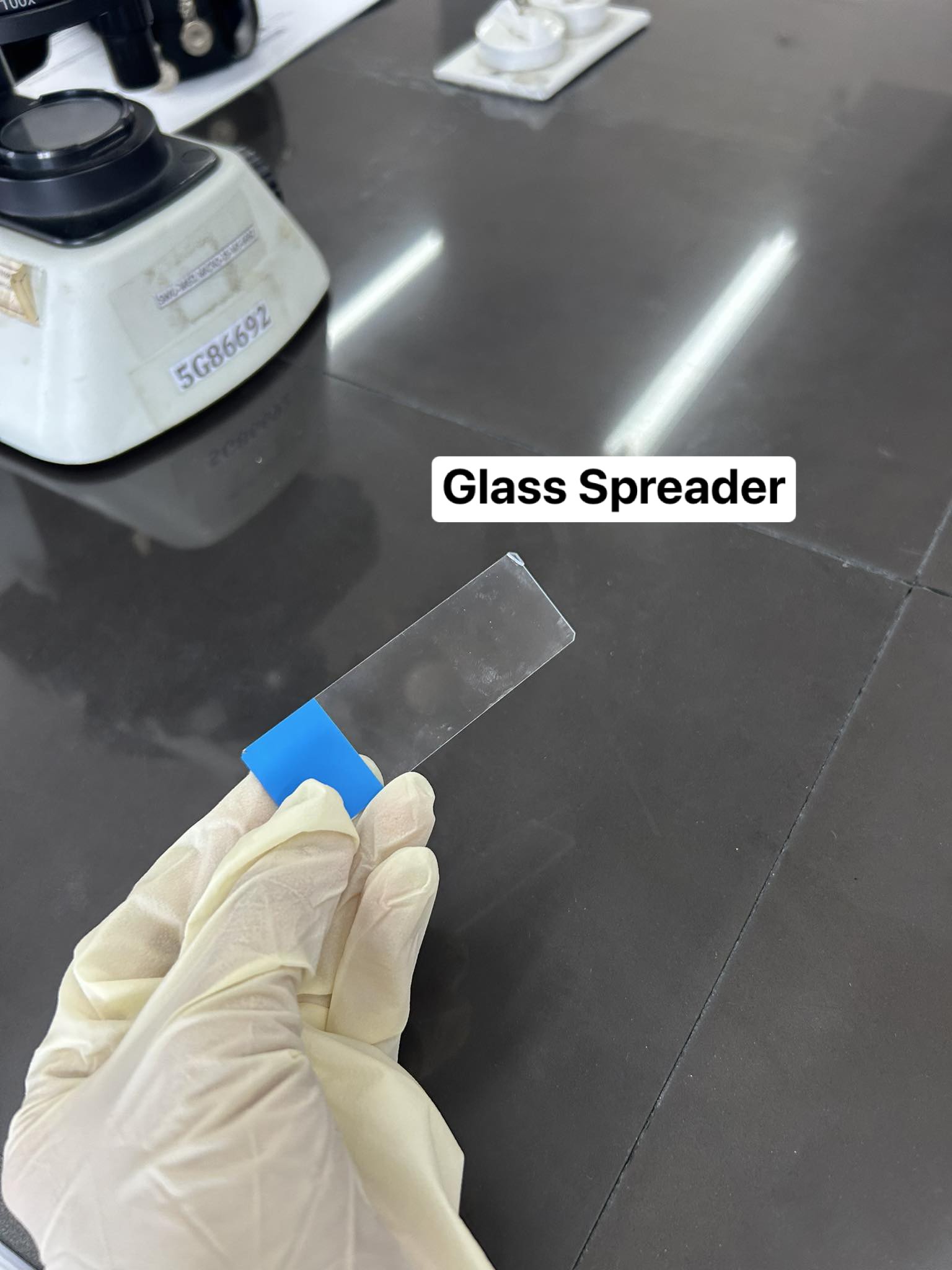
It is used to heat substances, to combust substances, and to sterilize objects on high heat.
Bunsen Burner
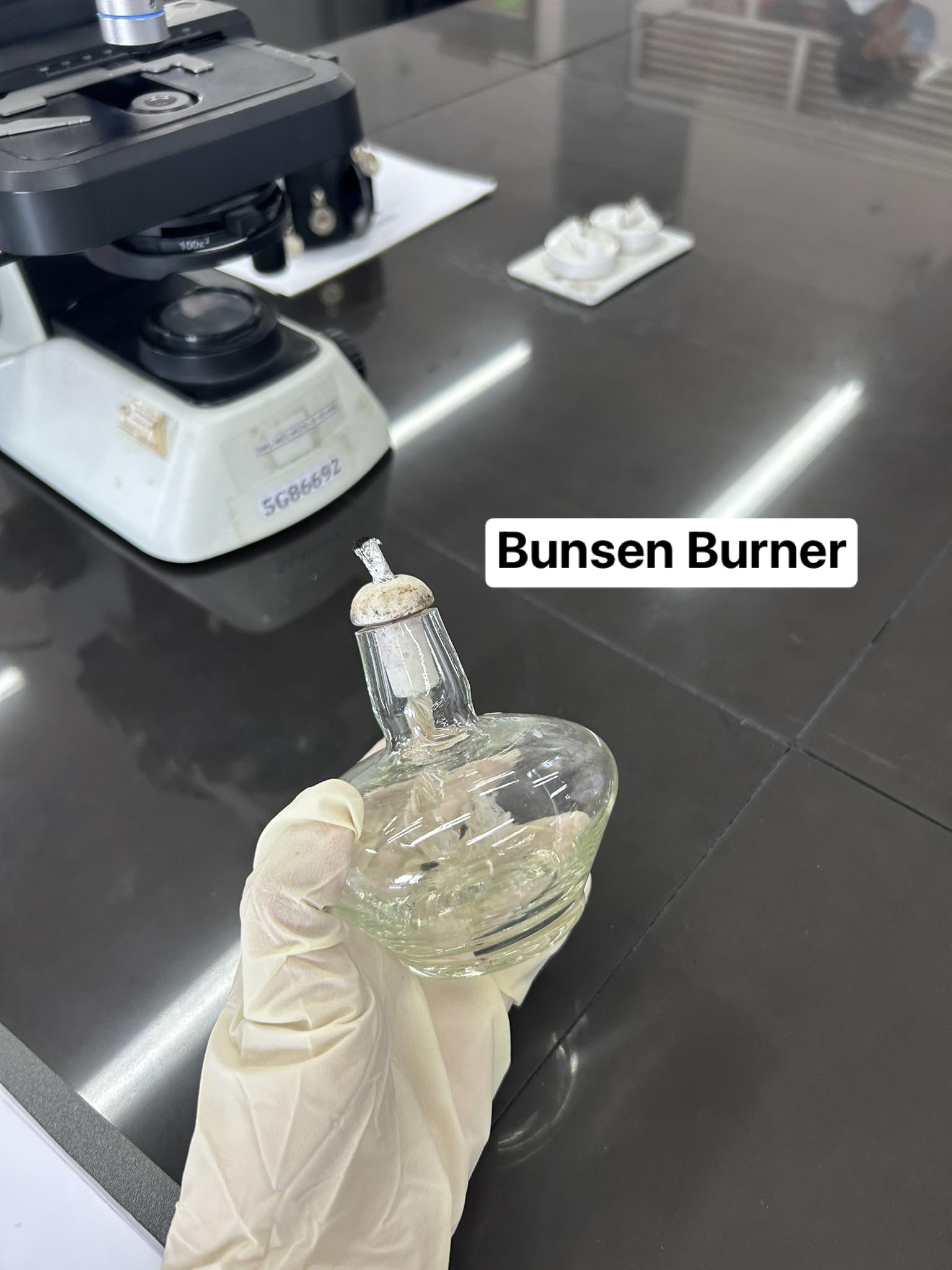
Is used for precise and controlled transfer of small volumes of liquids. It is essential for measuring and dispensing precise quantities of reagents, cultures, or samples, ensuring accuracy in experiments such as microbial inoculations and biochemical assays.
Pipette
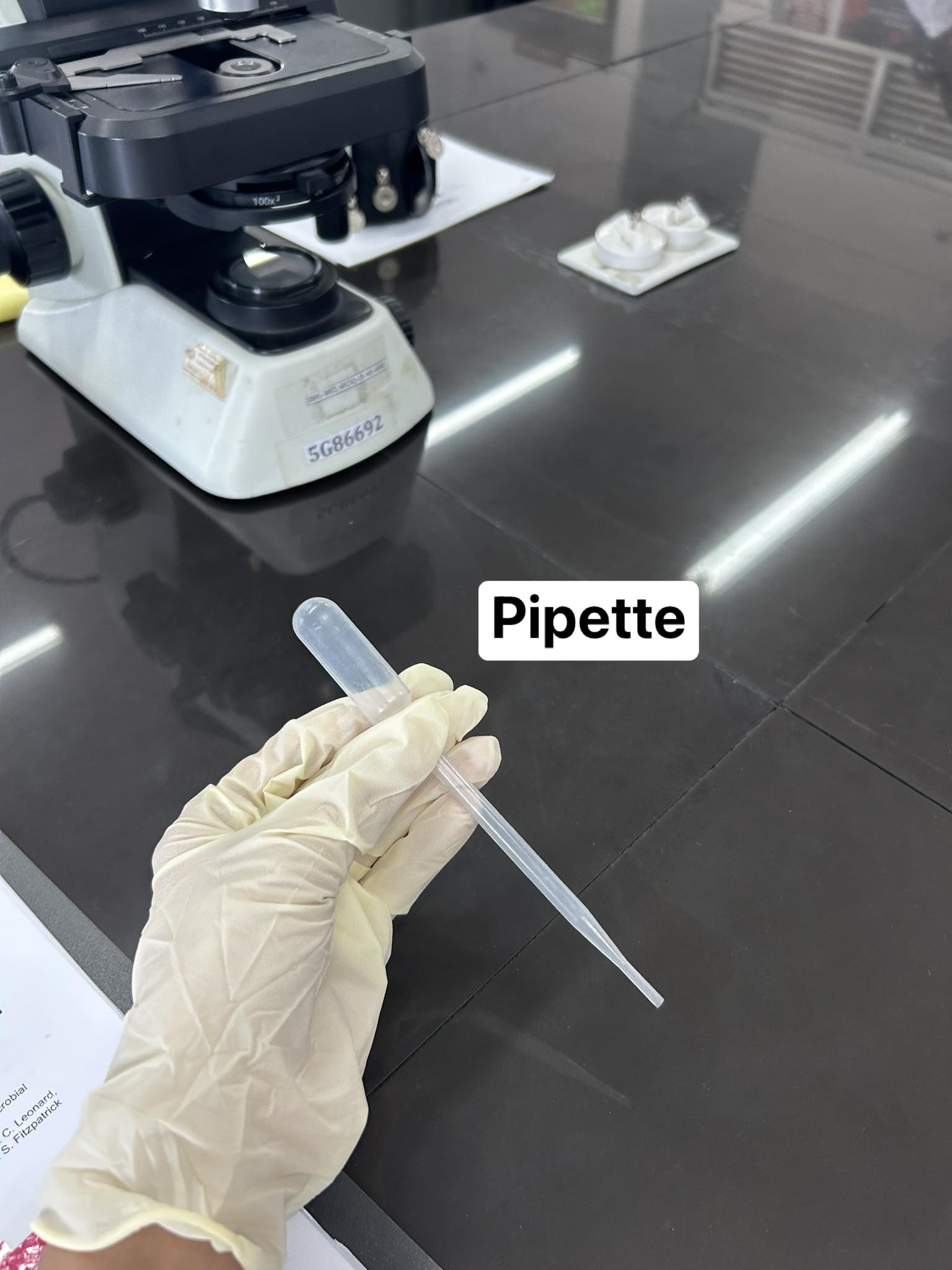
Is used in the transfer of microbial organisms from plate culture to needle by first sterilizing the needle to prevent contaminants
Inoculating Needle

Is a microbiological tool used for aseptic transfer of microorganisms. It is particularly employed for streaking bacterial or fungal cultures onto solid growth media, aiding in isolation and obtaining individual colonies for further study and analysis.
Inoculating Loop
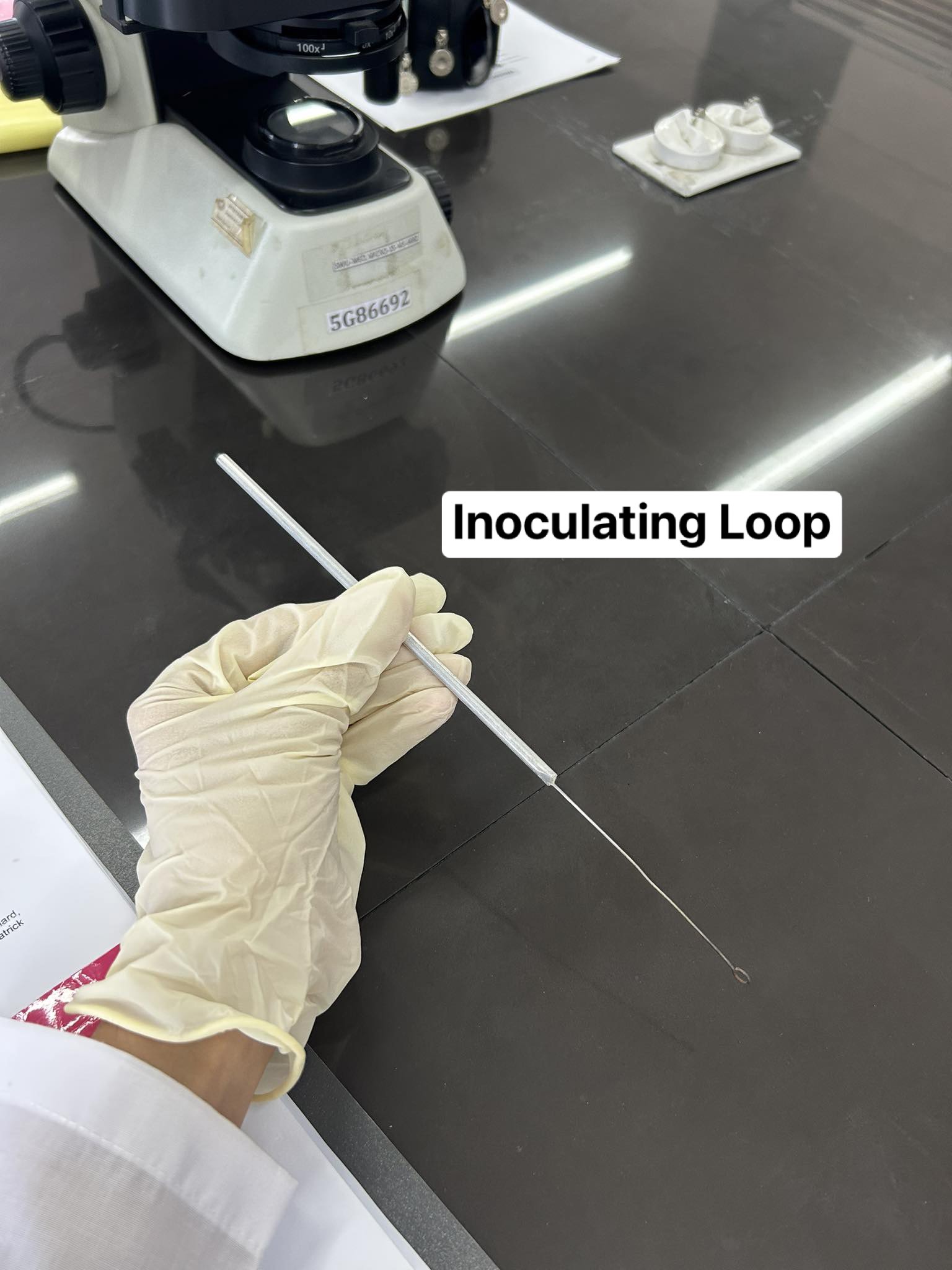
Is used for precise counting of cells, such as bacteria or yeast, under a microscope. It provides a standardized grid pattern for cell enumeration, allowing researchers to determine cell concentration in a liquid sample, essential for various microbiological applications and experiments
Hemocytometer
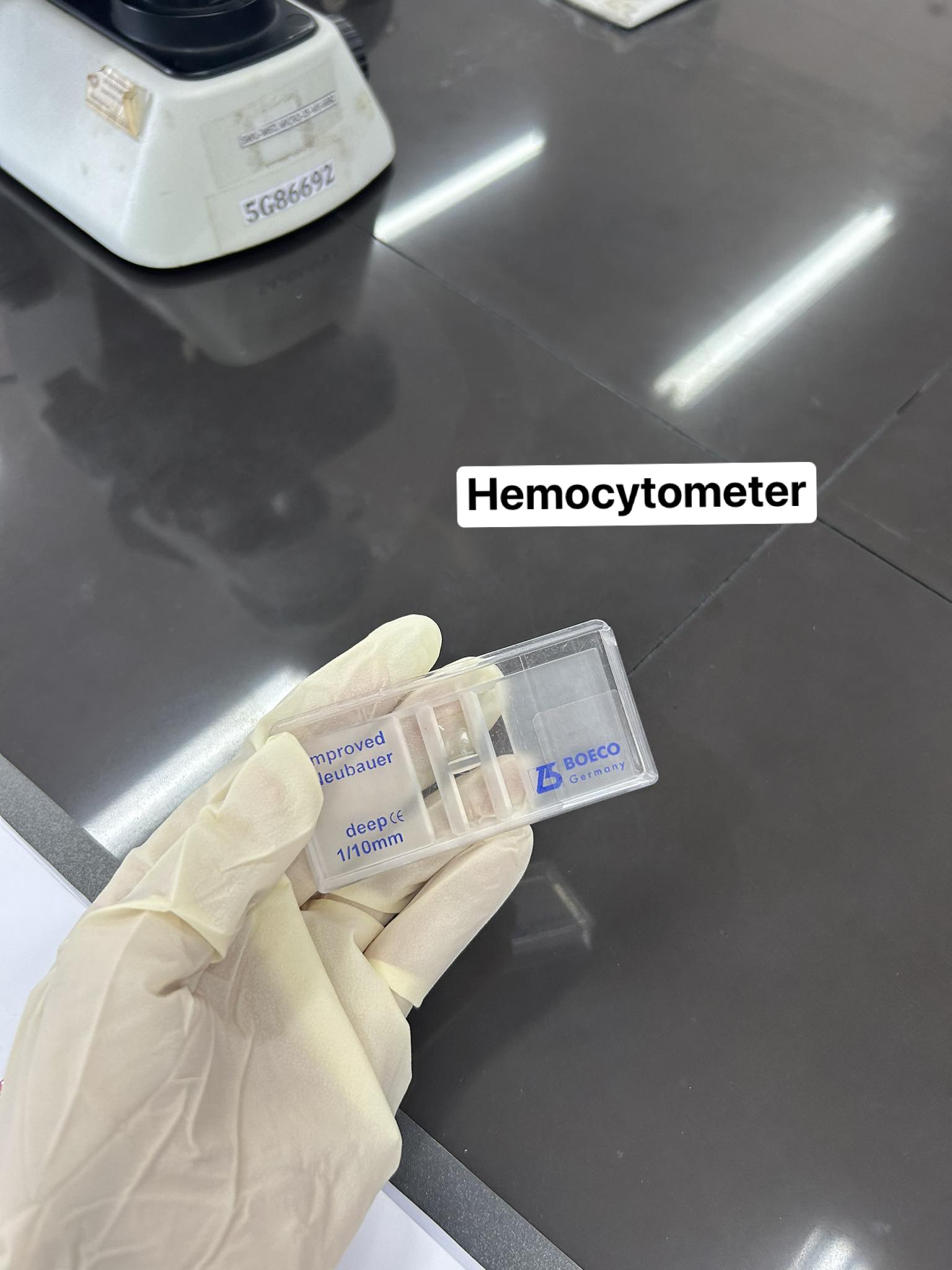
Is used for sterilizing laboratory equipment, media, and glassware. It employs steam under high pressure to eliminate bacteria, fungi, and other microorganisms, ensuring the prevention of contamination and maintaining aseptic conditions in microbiological experiments and procedures.
Autoclave
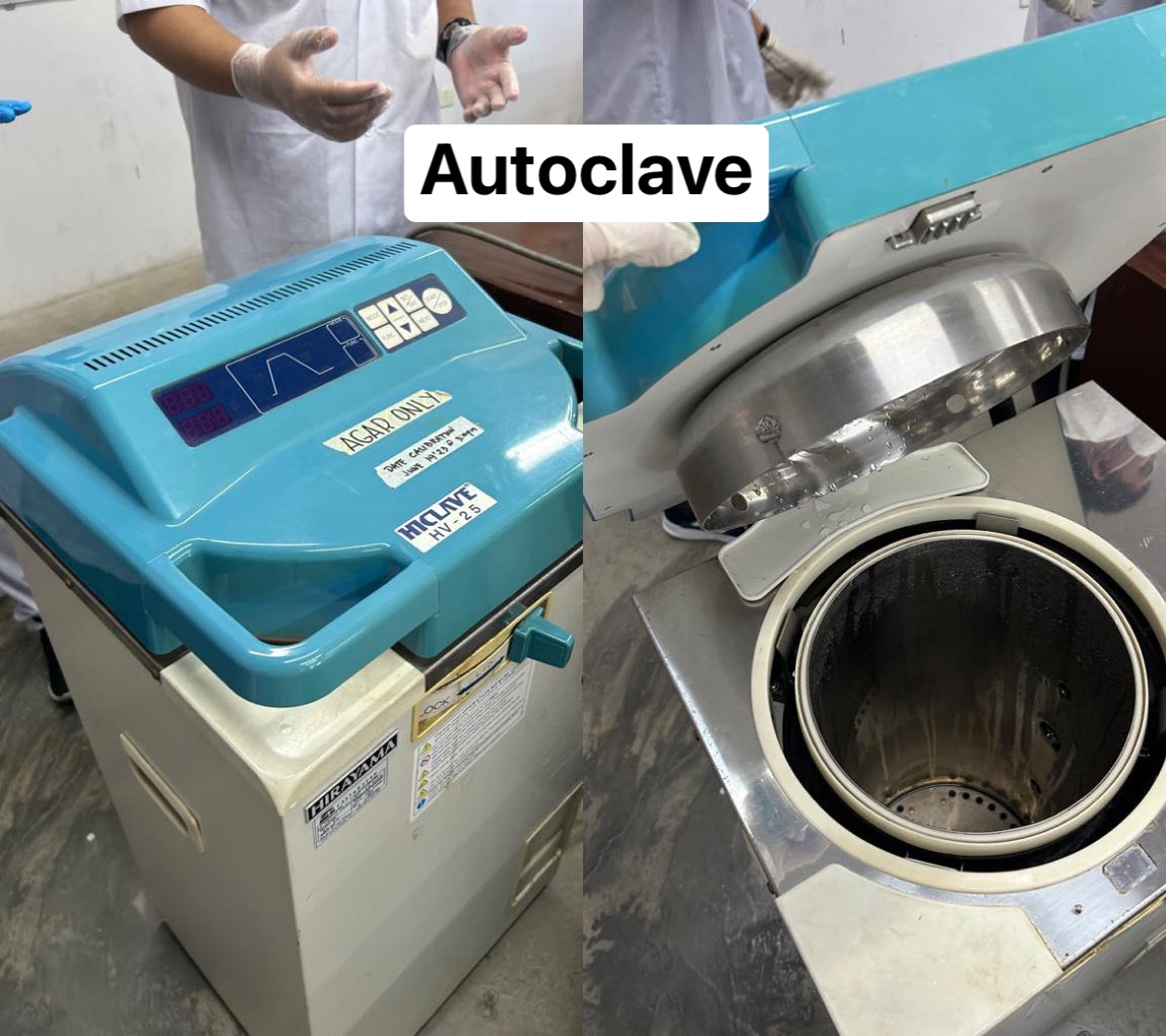
Is used to manually or electronically count the number of colonies on a solid agar medium. It aids in quantifying the viable microorganisms present in a sample, providing valuable information for research, quality control, and experimentation in microbiological studies.
Colony Counter
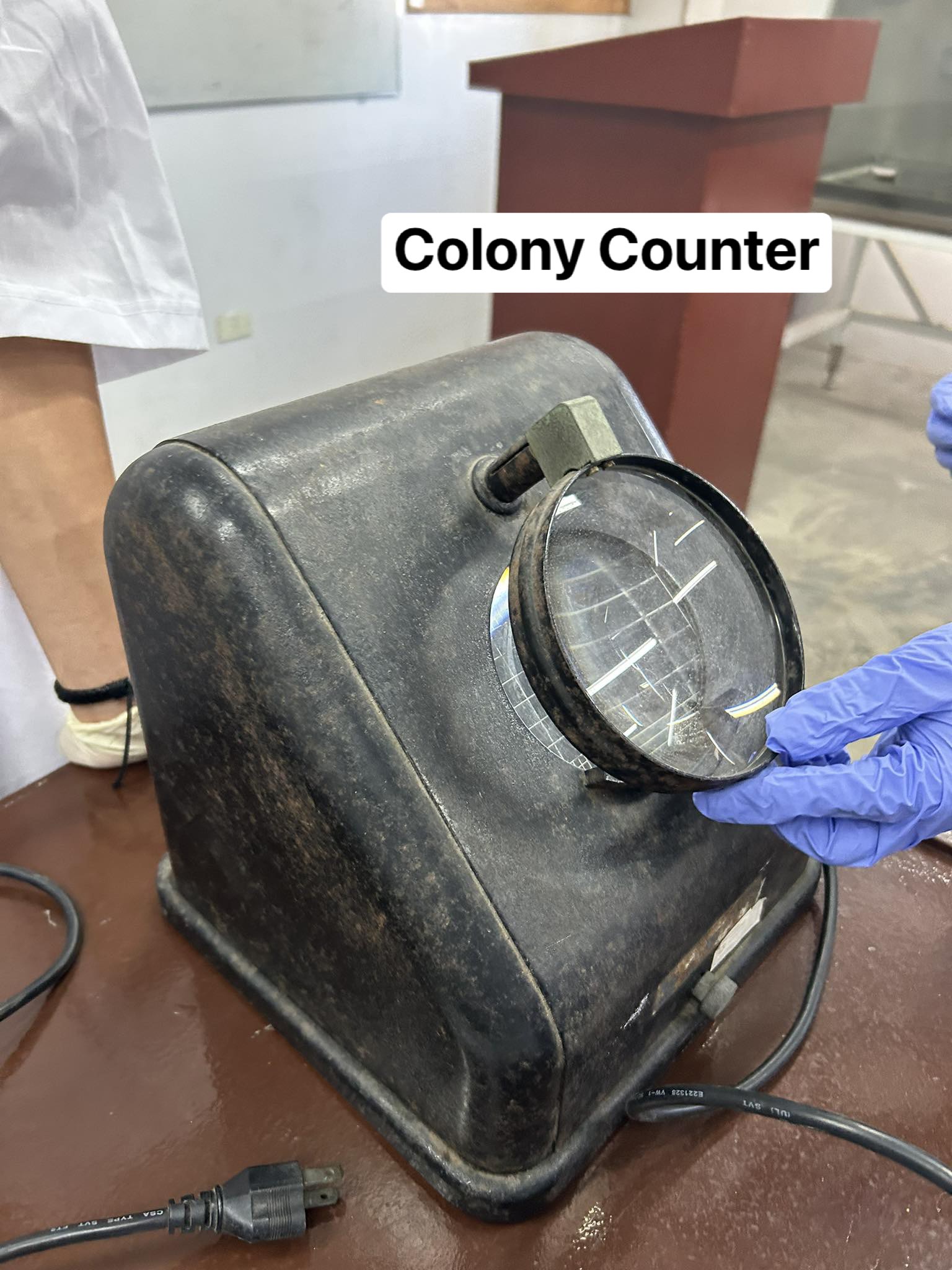
Is used to separate components of a liquid sample based on their density through rapid spinning. It is employed for tasks such as separating cells from culture media, isolating cellular components, and concentrating microorganisms or biomolecules in various microbiological and biochemical experiments.
Centrifuge

Is used to provide a controlled environment for the growth and cultivation of microorganisms. It maintains specific temperature, humidity, and sometimes CO2 levels, creating optimal conditions for the development of bacteria, yeast, and other microorganisms in microbiological experiments and cultures.
Incubator

Is used to create a sterile working environment by directing a continuous, unidirectional flow of filtered air. It helps prevent contamination during microbiological procedures, such as cell culture work or handling of sensitive samples, by minimizing the presence of airborne particles and microorganisms in the workspace.
Laminar Airflow
